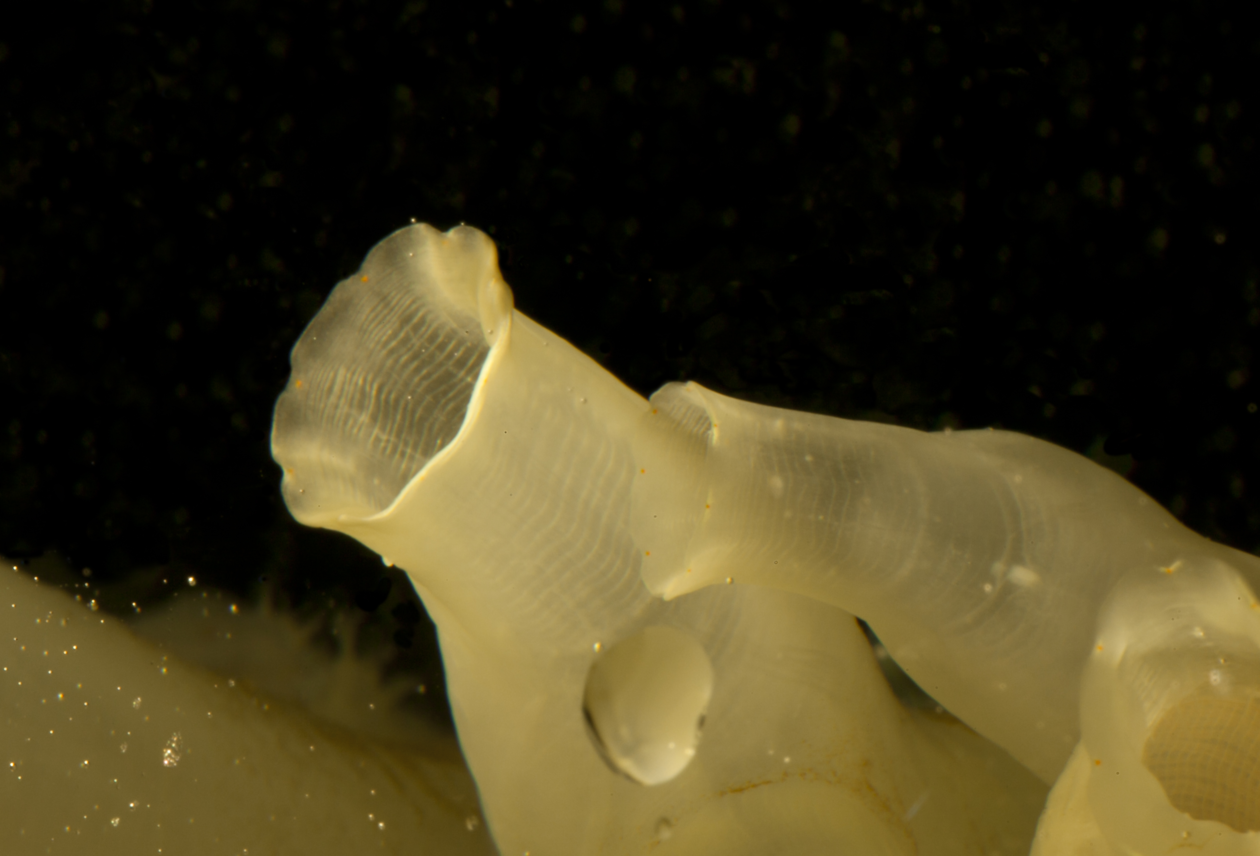Chatzigeorgiou Group
Our group is studying the evolution and function of the nervous system in urochordates, using modern neurobiological and genetic Toolkits.

Hovedinnhold
Understanding the mechanisms by which nervous systems develop and operate in order to collect information from the external world and generate a coordinated behavioural output is one of the most exciting problems in biological research. From a neuroethological perspective, identifying novel adaptations that have a transformative outcome on the development and function of the nervous system across diverse animal species presents an equally exciting challenge. We work at the interface between neurobiology and evo/devo using marine organisms to tackle these challenges.
The lab is primarily focused on answering the following two questions:
How does a simple chordate brain function?
We use modern genetic, neurophysiological and imaging tools to study simple nervous systems starting with the larval form of the basal chordate Ciona intestinalis. Ciona intestinalis larva is an exciting model organism to study nervous system development and function for many reasons. A primary reason is that it has a chordate body plan and shares key homologies with vertebrates. Moreover, the larval nervous system is composed of roughly 330 cells and thus offers the tantalising opportunity to study a chordate nervous system at the single cell level.
Currently, we are studying the mechanosensory and chemosensory behaviours of the freely moving larva. We hope to identify the key circuits and molecules that mediate these behaviours. To achieve this, we use optogenetics, calcium imaging, quantitative behavioural analysis and reverse genetics.
How does species diversity in neural mechanisms arise?
Traditionally neuroscientists have used a wide range of animal species to address neurobiological questions. But in recent times, studies have focused on a handful of model organisms.
These organisms have been successfully used to study conserved neuronal process such as sensory transduction, neuronal plasticity and excitability. However, they present only a small fraction of the total biological diversity. For example, we have a very detailed understanding of how ion channels in mice or worms work in neuronal signalling, but how their diversification underlies the ability of other animals to adapt to the physical environment remains largely unexplored. We are studying the evolution of the molecular toolset (e.g. ion channels and receptors) and the cell types that different marine organisms use in order to sense and respond to sensory cues. Our efforts will be greatly facilitated by the extensive expertise on comparative genomic and functional analysis of marine organisms available at the Sars Centre and UiB.
